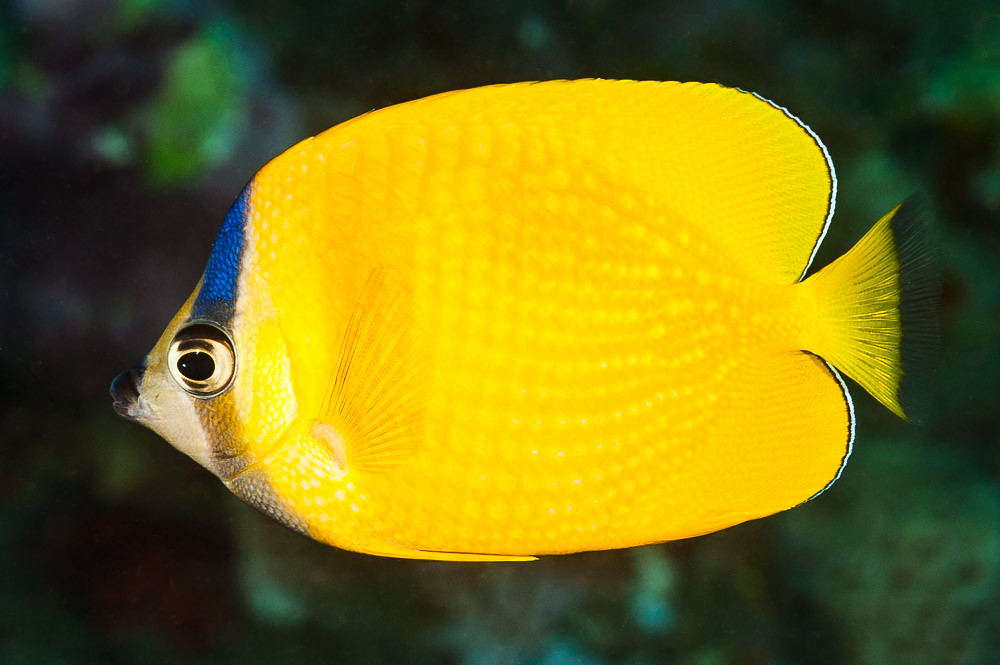Fish that follow a ‘gourmet diet’ may be more threatened by climate change and other environmental variations than those that are not picky eaters, new research from the Sea Around Us initiative at the University of British Columbia’s Institute for the Oceans and Fisheries, the University of New Brunswick, and the Fisheries Department at the U.S. National Oceanic and Atmospheric Administration has found.
In a study published in Scientific Reports, researchers found that in the more biodiverse areas of the world’s oceans like the tropics, where there are also a diverse number of habitats and environments, fishes tend to be selective about what and where they eat, choosing areas and foods that match their feeding skills and the place they occupy in the food chain.
“For example, fishes that have long snouts like the butterflyfishes evolved into that body structure to be able to pick difficult-to-reach coral polyps out of coral skeletons, which is food that they can access without having to compete with bigger fishes,” explained Deng Palomares, the Sea Around Us project manager and second author of the study. “Such fishes are usually constrained in an area where they can find the food they prefer, and, in general, are not good swimmers.”
But such specialized feeding behaviour can be detrimental in the face of climate change. As the environments where these ‘epicureans’ live and feed shift, as it happens when coral reefs bleach due to rising temperatures, they will have difficulties finding the food they prefer and are more likely to disappear as they will not be able to adapt quickly.
“On the other hand, we have what we call ‘generalist’ fishes, which will have more chances of surviving because they tend to have a wider feeding regime,” Palomares said. “Generalists live in colder climates such as the Arctic, where habitat types tend to be uniform and they move around to find food and eat whatever they are able to reach or find, even if the food does not match the level they occupy in the food chain.”
In other words, the place where fish live, the number of fishes sharing this place, and their biological features determine their ‘dietary niche width,’ which is what they eat and how far and where they travel to find the food that satisfies their nutritional needs.
“Scientists have theorized on this idea for long. However, this is the first time that it is corroborated with real data on almost 3,000 marine fishes, which we used to calculate their dietary niche width across seven distinct marine habitat types,” Palomares said.
The paper “Biological and environmental drivers of trophic ecology in marine fishes – a global perspective” was published this week in Scientific Reports https://doi.org/10.1038/s41598-019-47618-2



